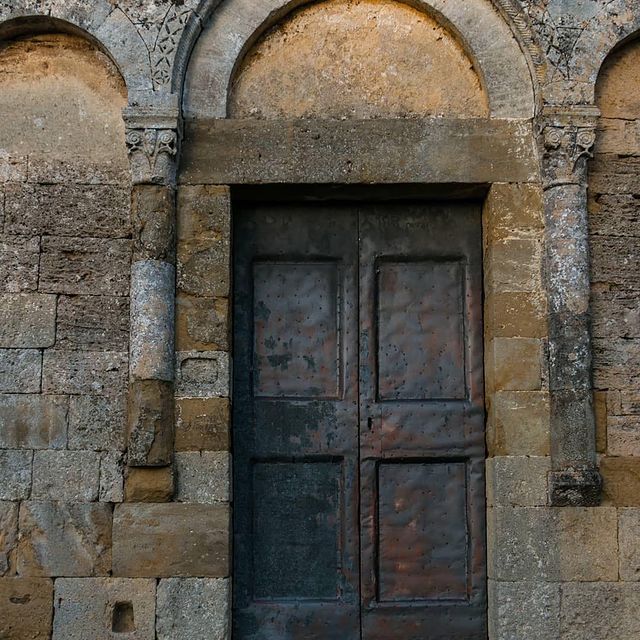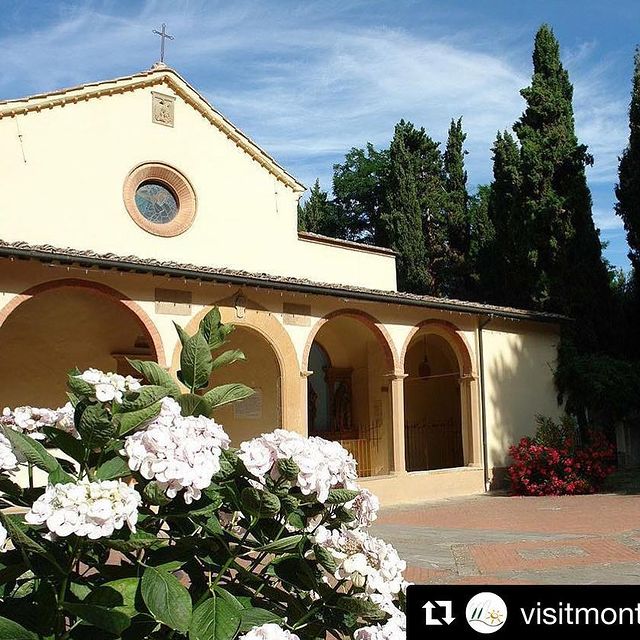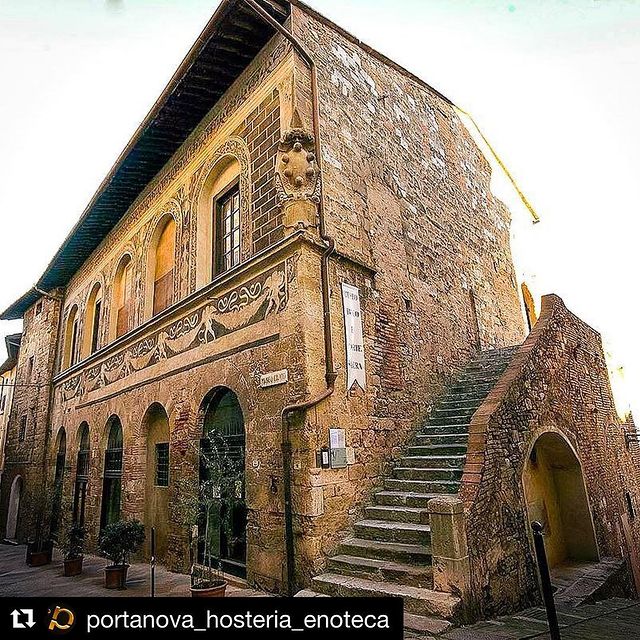Story
Certaldo
Certaldo is a Tuscany Italian Comune (Municipality), in the Province of Florence, located in the middle of Valdelsa. It is about 35 kilometres (22 miles), southwest of the Florence. It was the home of the family of Giovanni Boccaccio, poet of “Vita di Dante“, who died here at his home and was buried here in 1375. The town of Certaldo into upper and lower parts. The lower part is called Certaldo Basso, whilst the medieval upper part is called Certaldo Alto. Certaldo Alto has limited vehicular access, for use by residents only, and is linked to Certaldo Basso by the Certaldo funicular. Main sights: on Certaldo Alto Boccaccio’s house, of red brick and the Palazzo Pretorio, or Vicariale, the residence of the Florentine governors; on Certaldo Basso a statue of Boccaccio erected in the main square in 1875.
Source: Wikipedia
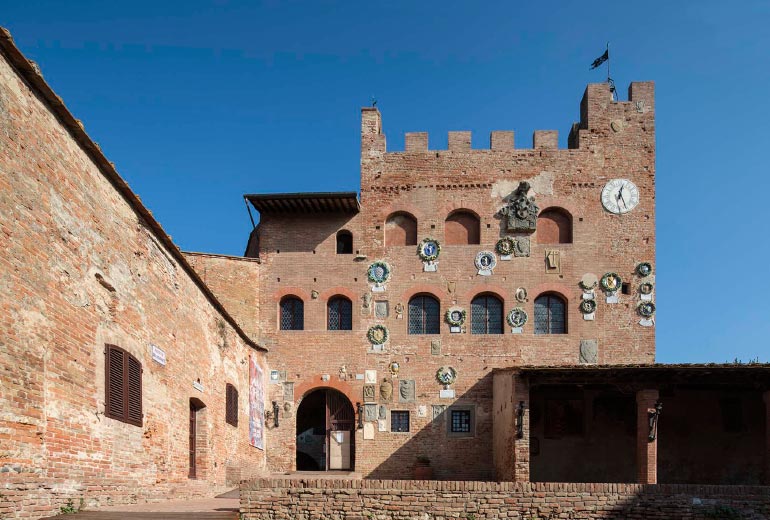
© Bruno Bruchi
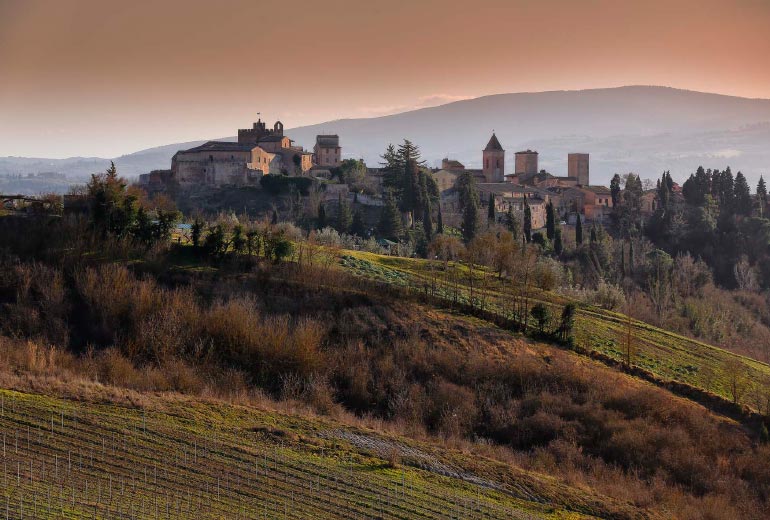
© Bruno Bruchi
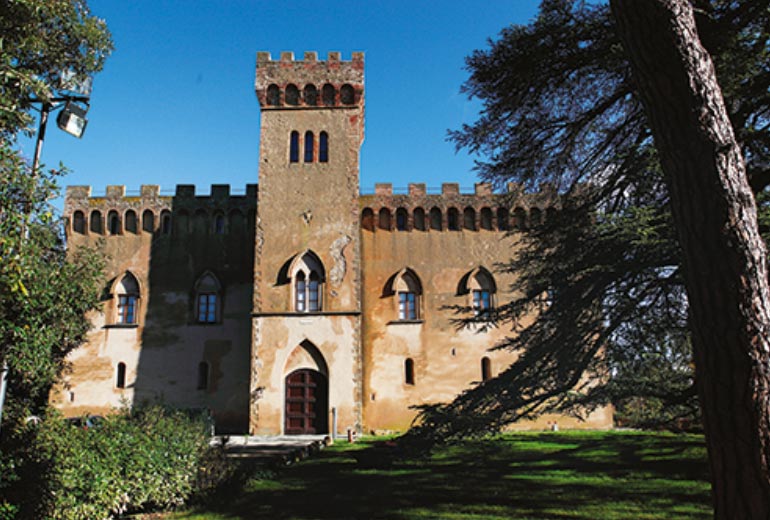
© Franco Senesi
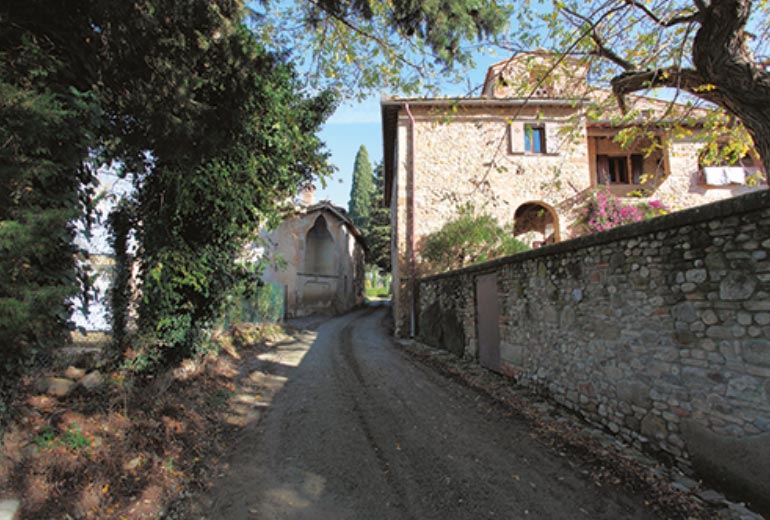
© Gruppo Storico Castelvecchio
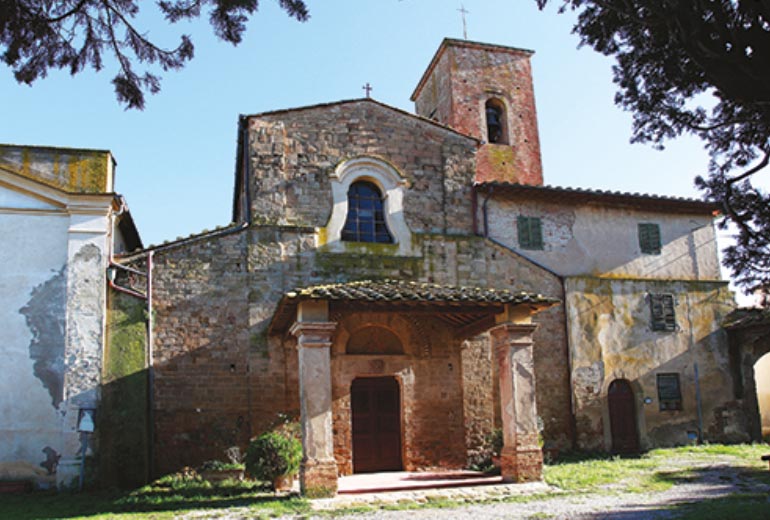
© Gruppo Storico Castelvecchio
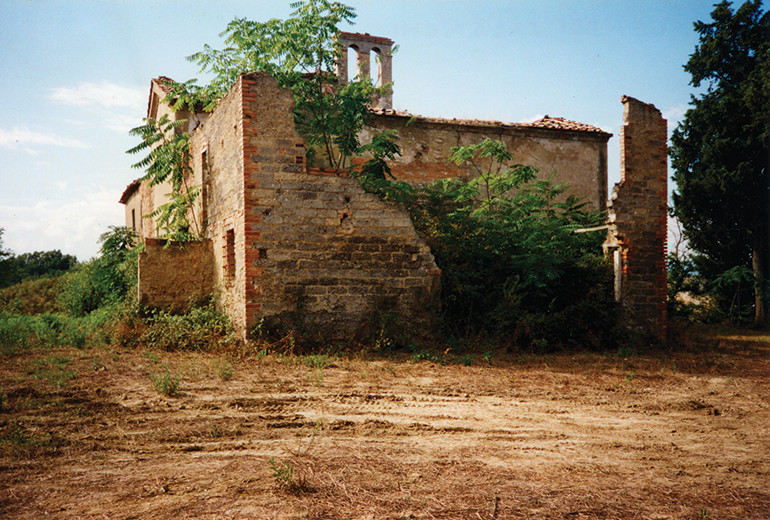
© Gruppo Storico Castelvecchio
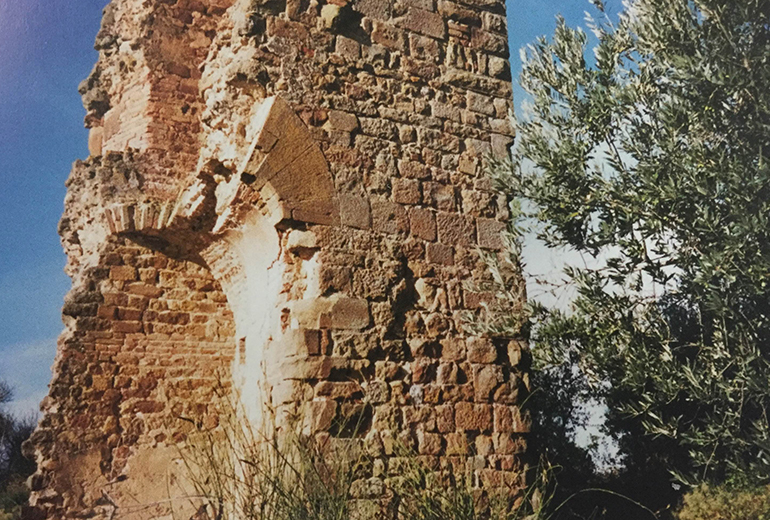
© Gruppo Storico Castelvecchio
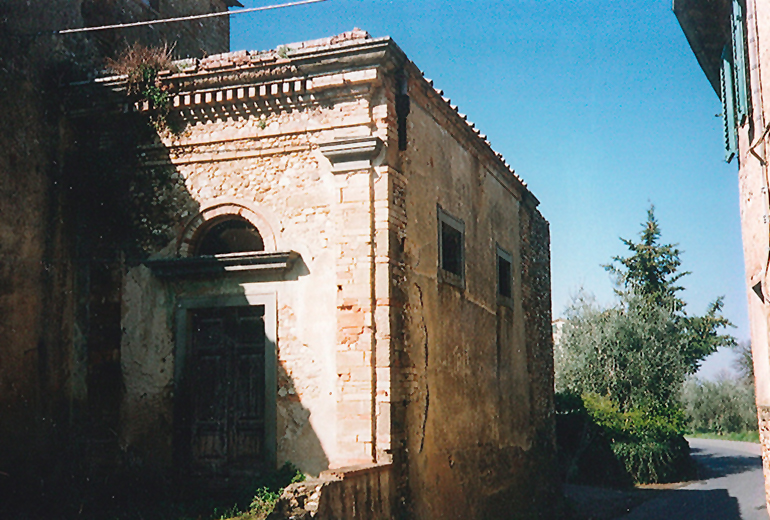
© Gruppo Storico Castelvecchio
Survey
Historic artistic sites
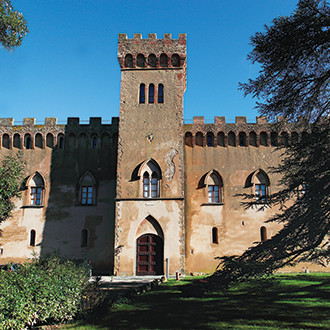
Santa Maria Novella Show position
LOCATION: in an isolated position on the summit of a hill and a short distance from the road which goes from Montespertoli to Tavarnelle Val di Pesa, passing through Lucardo.
HISTORIC SIGNIFICANCE: this castle is mentioned in a notarial need of sale dated 1020 and in another need of 1126 records the cession by Madonna Zibollina, the widow of Ridolfino of Catignano, to the Bishop of Florence.
In the XIII century the castle was the property of the Gianfigliazzi family, who in 1363 sold it to the Acciaiuoli family. There followed changes of ownership and modifications to the building without altering the ancient structure.
DESCRIPTION: the building is constructed of well prepared cut stone. At the centre is a massive crenellated tower with four lateral towers at the comers.
In the large internal courtyard is a church dedicated to Santa Maria Novella. Externally the complex is surrounded and enclosed by a wall.
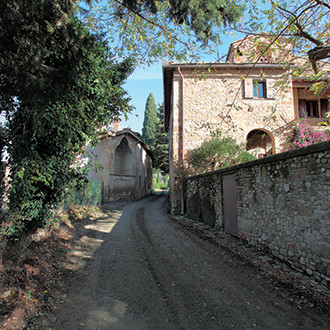
Pogni di Sopra Show position
LOCATION: in a somewhat separated position, on a deviation on the right of a local road that goes from Certaldo to Marcialla.
HISTORIC SIGNIFICANCE: the houses which formed the first urban grouping were constructed in 1300’s, using material of the castle di Pogni, destroyed by the troops of the Emperor Enrico VII in 1312. The existence of Pogni di Sopra was recorded in 1382 and again in later centuries, ultimately collapsing, leaving the town is as you see it to-day.
DESCRIPTION: Pogni di Sopra is made up of a variety of different buildings of sandstone with battered walls (sloping), and others built more recently which have been plastered. At a cross road is a large shrine with a fresco depicting the Madonna, not in good condition.
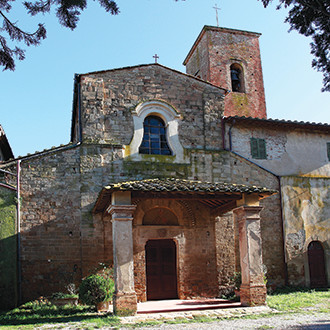
Lucardo Show position
LOCATION: in an isolated position on a deviation on the right hand side of the road which links Certaldo with Fiano and beyond.
HISTORIC SIGNIFICANCE: a X century church on an important highway dedicated to San Leonardo. It was a wealthy church which was able to contribute to the reconstruction to the city walls of Certaldo. In the fifteen hundreds it was restored by its owners, the Gianfigliazzi family and in the eighteen hundreds a portico was added to the facade.
DESCRIPTION: the church is basilica in plan with three naves and three apses, externally decorated with false arches. The bell tower has been modified as well as facade by an addition of the above mentioned portico. Internally there is a small crypt and interesting frescoes of the fourteen hundreds, attributed to Cenni di Francesco.
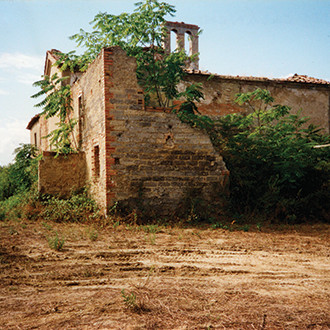
Calanchi Show position
LOCATION: almost at the centre of the area known as the ”Calanchi” (badlands), on a deviation on the right of the local road that goes from Pian Grande to the church of San Martino at Maiano, to San Gaudenzio a Ruballa.
HISTORIC SIGNIFICANCE: when the small urban centre known as “Calanchi” (steep clefts of scale like clay, eroded by water, forming deep gorges), came into existence, the surrounding country was not as dangerous as it is to-day, so much so, that in the fourteen hundreds the church of Santa Maria at Casale (of Calanchi), was rated as a parish church and had an adequate income from the surrounding area.
The the houses around the church were gradually abandoned at a later date and the locals suffered as a result.
DESCRIPTION: Casale dei Calanchi looks like a large ruin in an advanced state of decay and destined to disappear in the not too distant future. Notwithstanding all this, the buildings, including the above mentioned church of Santa Maria a Casale, can still be traced.
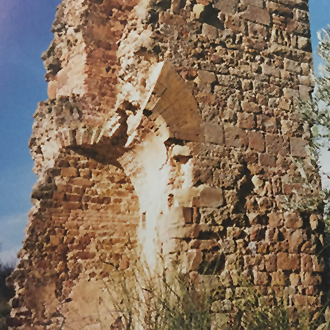
Torre di Pogni Show position
LOCATION: in an isolated and dominant position at the end of a rough track, the extension of a local road, which is a deviation on the right of another road of more importance which goes to Certaldo to Marcialla.
HISTORIC SIGNIFICANCE: the tower of Pogni is the only surviving evidence of a castle of the same name which existed in the X Century, and was destroyed in 1312 after a series of events, by Empereor Enrico VII.
The material of this castle was used to build the village of Pogni di Sopra and the tower, for some unexplainable reason,still exists, if only a ruin.
DESCRIPTION: the tower of Pogni was built with squared, cut stone between which were inserted bricks and has horizontal, deep cracks. Half of the entrance is still visible and what remains of the surroundings walls of the castle can be seen nearby.
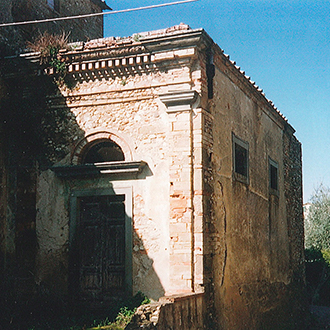
Cappella di Le CaseShow position
LOCATION: in the village of the Le Case on the local road which leads from Marcialla to Certaldo.
HISTORIC SIGNIFICANCE: the first reference to Le Case was recorded in the XIV century but the chapel was built in the sixteen hundreds by a certain Anichini as a personal mausoleum.
About one hundred years later the chapel was lengthened using materials similar to those of the original construction. It was then abandoned and left to deteriorate.
DESCRIPTION: a small religious building, rectangular in plan with apse, above the level of the road and built in river stone mixed with brick. Clearly the rear part of the building has been refaced.
Photogallery
#instavaldelsa
We want people to get to know the Valdelsa through your point of view. Show us how you see our countryside with your smartphone, posting pictures on your Instagram profile using the hashtag #instavaldelsa. The most beautiful pictures will be picked and posted on the official account @valdelsaintoscana. Share your Valdelsa Experience!
